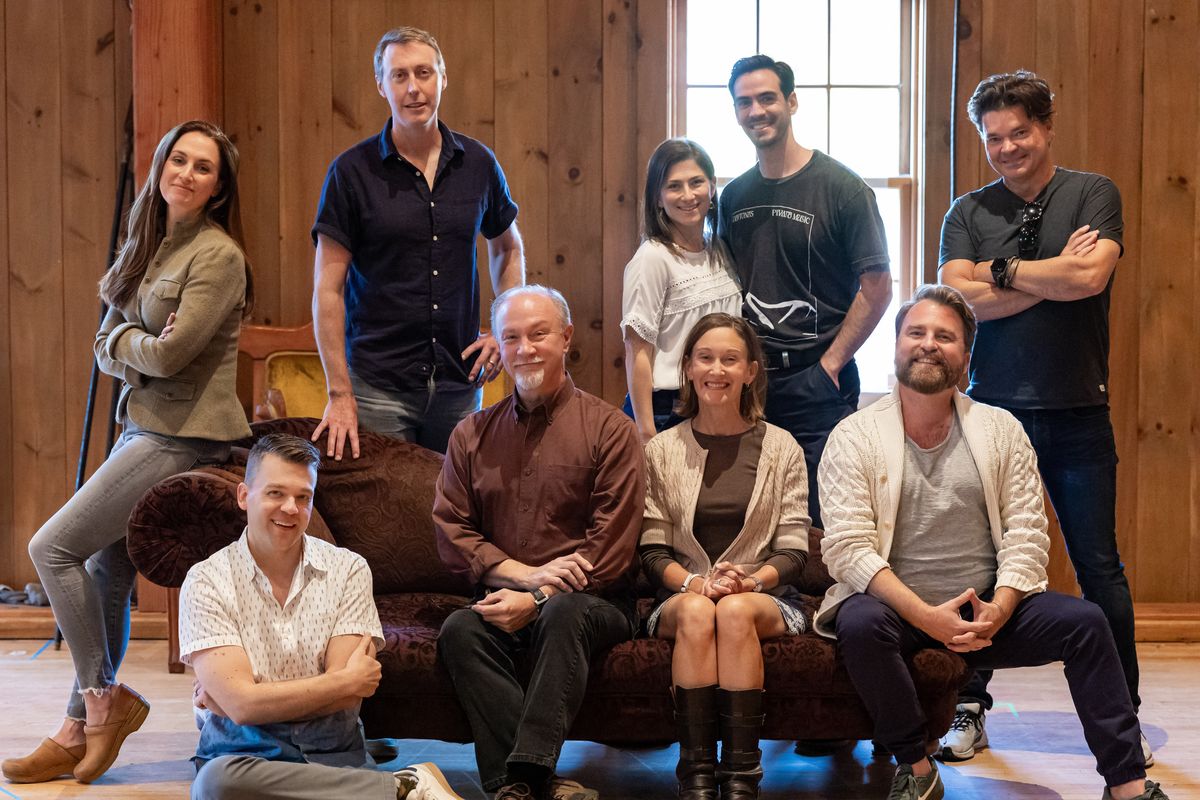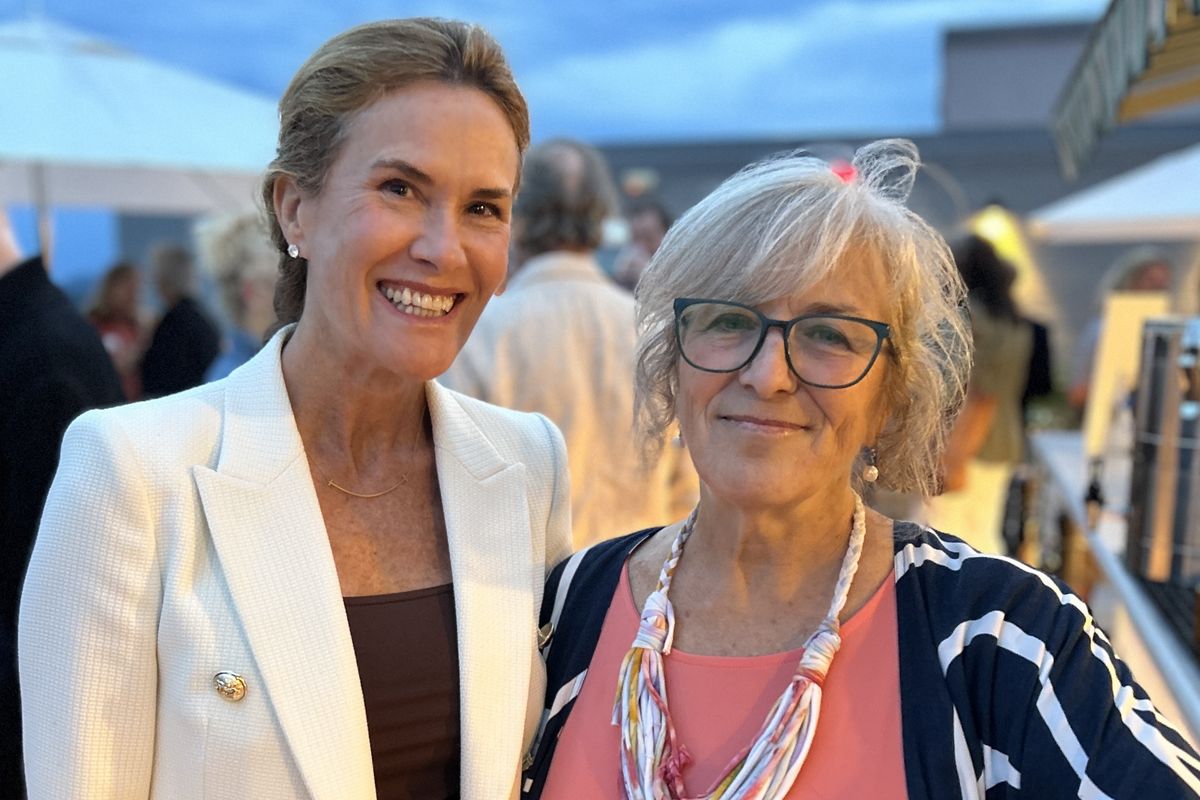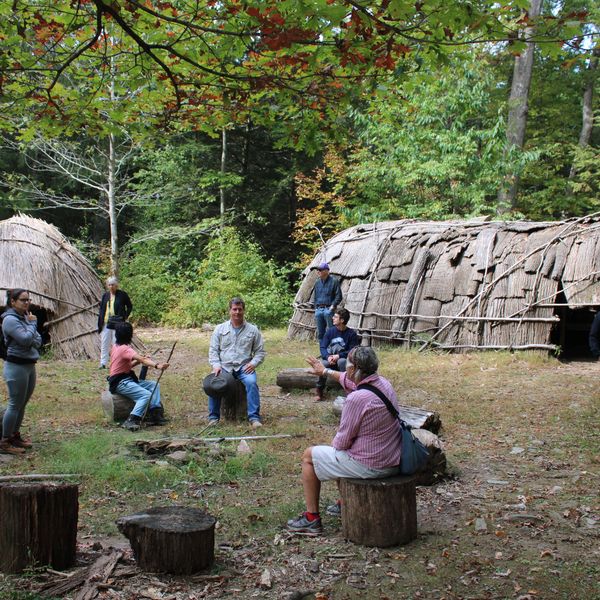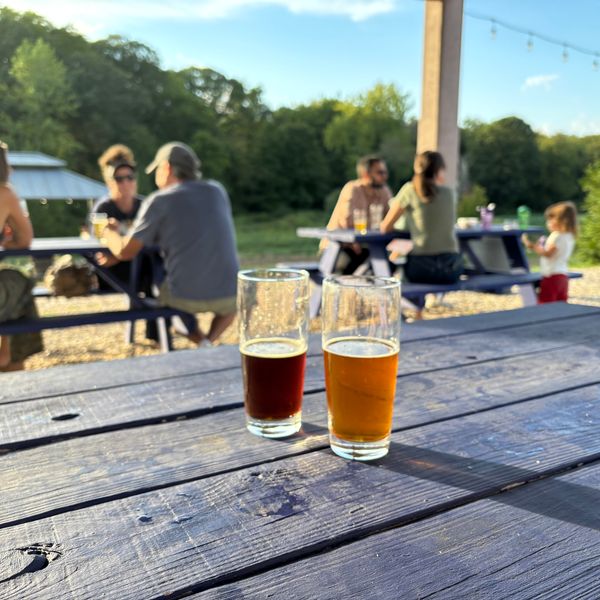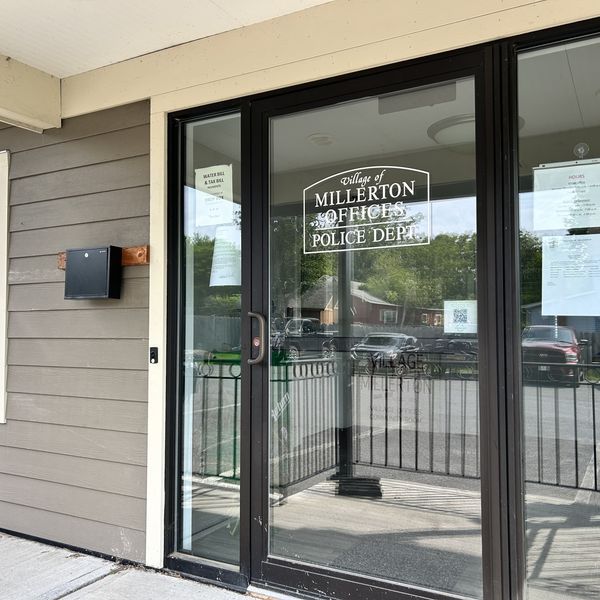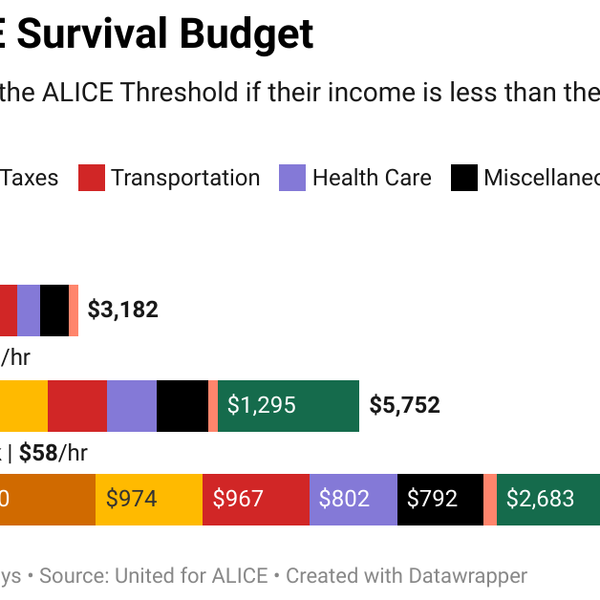Salisbury Forum reflects on pervasive loneliness

Casper ter Kuile spoke at the Salisbury Forum on Friday, May 9 at the Salisbury School offering insights on the impact of higher rates of people living alone and fewer close relations among all age groups.
Alec Linden








